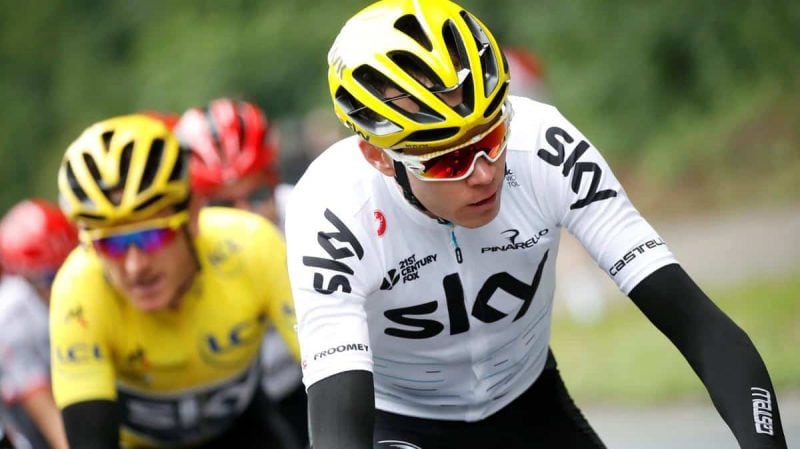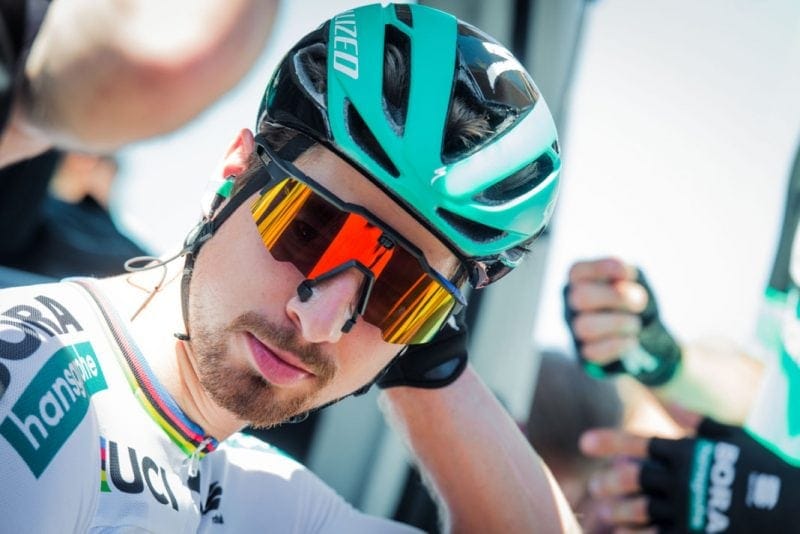9 Things You Should Know Before Buying A Bike Helmet
The helmet is arguably your most important piece of bike accessories when it comes to safety. If there’s anything that you shouldn’t cut corners on, it’s the helmet.
There are various things to look out for when buying bike helmets. Things such as the type of helmet, the right sizing, fit and comfort, and safety standards are important things you should consider.
Here are important features you should consider before buying your next bike helmet.
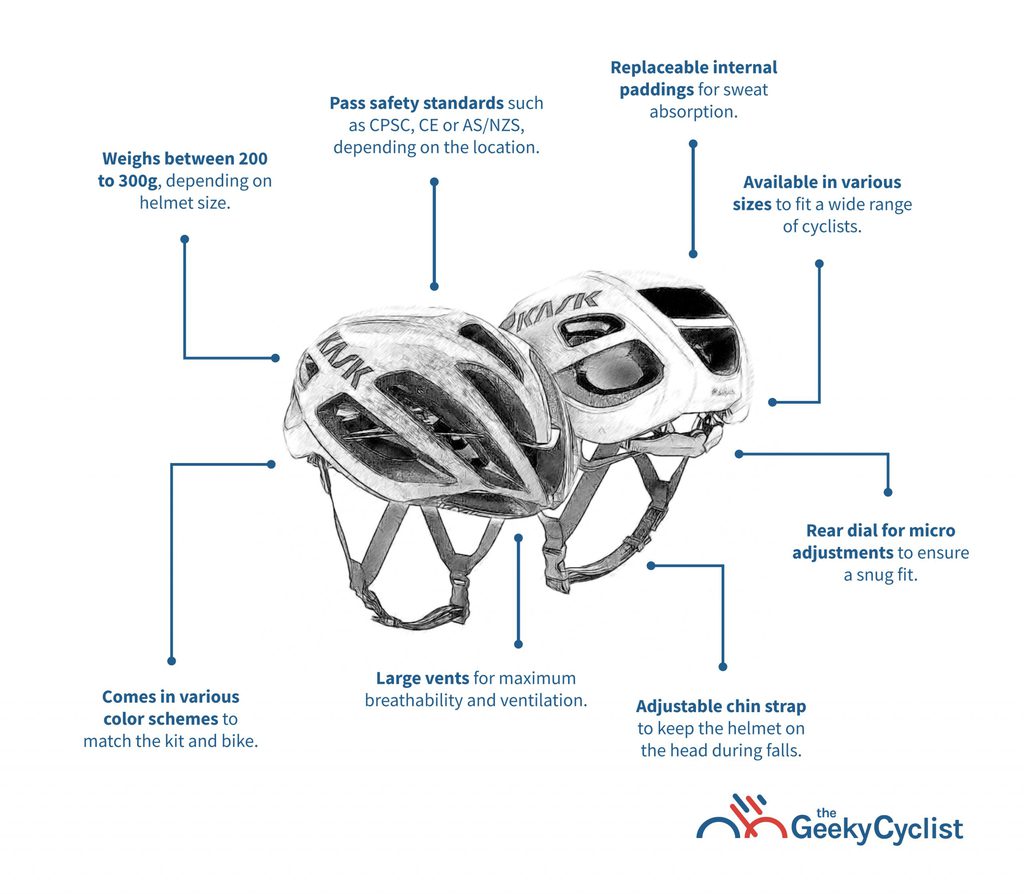
On This Page
Types of Bike Helmets
You’d probably have noticed that there are different types of bike helmets out there. While all helmets are designed to minimize the impact on your head during a fall, they’re designed for different types of riding discipline.
Having said that, there’s nothing wrong with wear any helmet of your choice, regardless of the discipline, unless you’re worried that you might look like a hubbard.
Here are common types of bike helmets.
1. Road Bike Helmets
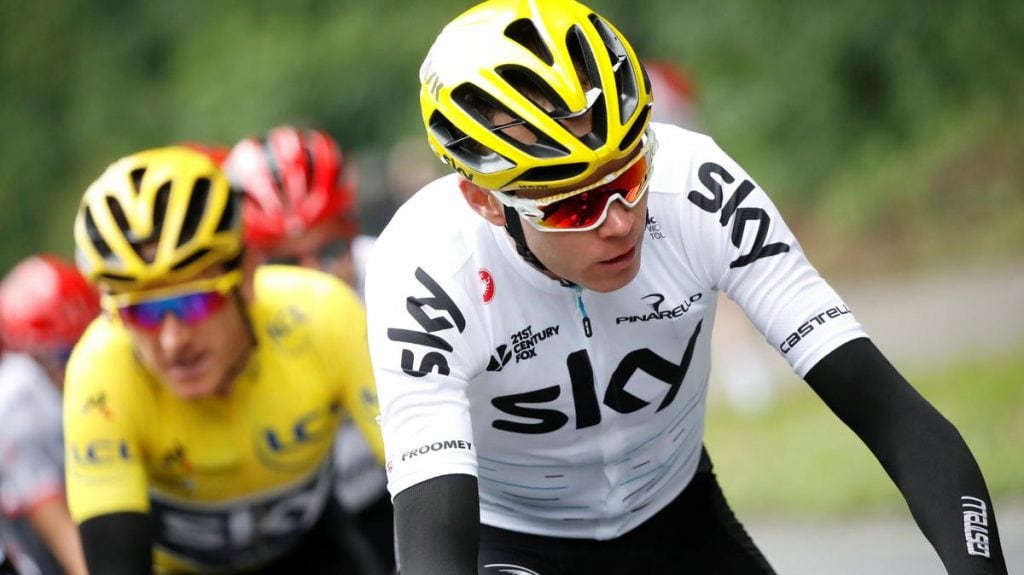
These are commonly worn by all road cyclists.
Their design is focused on providing plenty of comfort and ventilation through large air vents on hot days or when you’re doing a big effort.
A good example of this is the POC Ventral Air and the Lazer G1 MIPS.
Besides ventilation, the high-performance ones are also lightweights such as the Giro Aether and Kask Valegro, which is a weight weenie’s favorite.
2. Time Trial Helmets
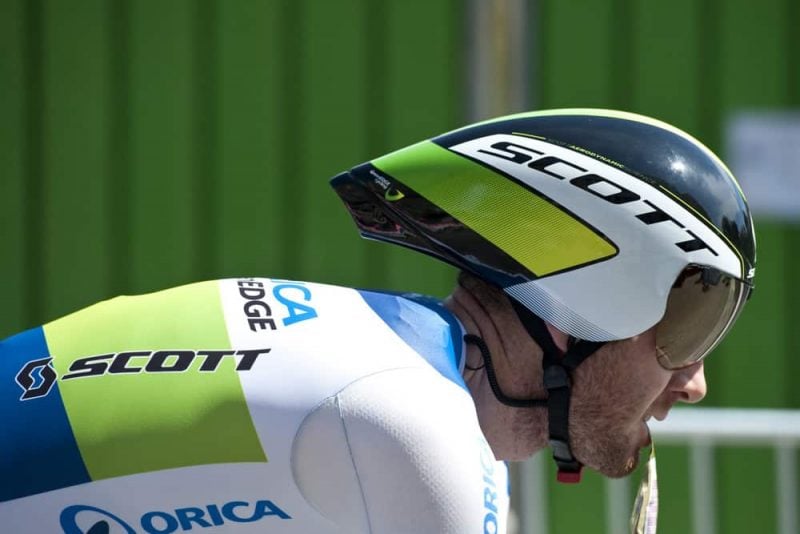
Commonly also known as TT helmets, they’re designed specifically to be used during Time Trials and triathlons. You can often see the pros wear them during the TT stages in the Grand Tours or people doing the Ironman.
Some TT helmets, such as the Giro Aerohead, might look weird to the non-cyclist. That’s because the design is focused on providing maximum aerodynamics gain rather than ventilation.
In some TT helmets, ventilation is almost non-existent.
3. Commuter Helmets
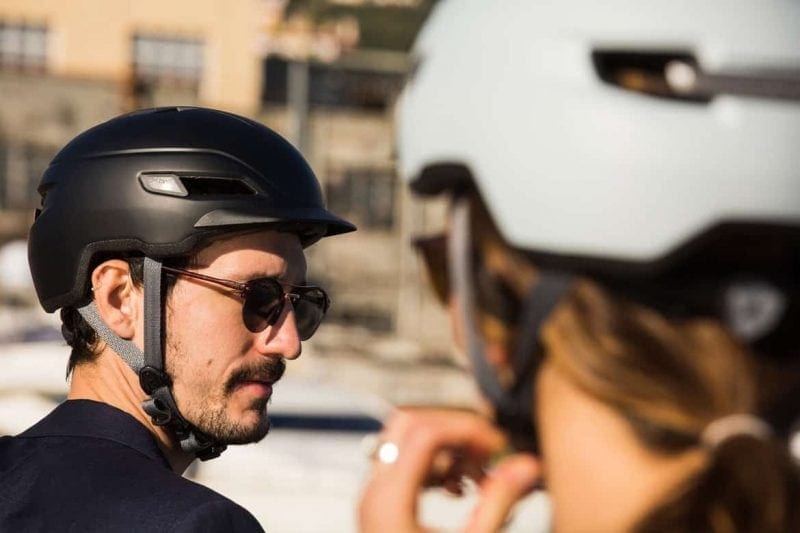
Commuter helmets such as the POC Omne sit on the opposite end of the spectrum.
Some refer to them as urban or city helmets because that’s where the riding happens in most cases.
Because commuting is usually an easy to moderate effort, commuter helmets are very basic, have moderate ventilation, and comes in different styles to suit more casual clothing instead of lycra.
4. Mountain Bike Helmets
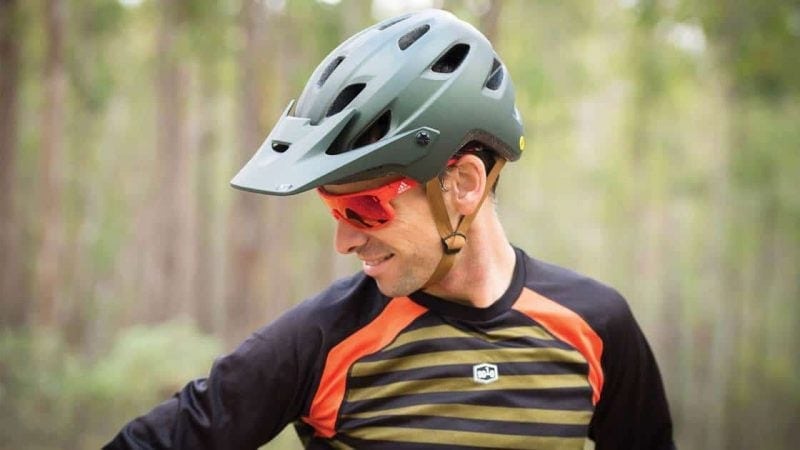
The first thing you’ll notice about mountain bike helmets is the front visor.
Unlike road cycling, the trails’ lighting conditions can be tricky, and many mountain bikers prefer not to wear any cycling sunglasses. The removable visor helps keep the sunlight away from the eyes.
Mountain bike crashes can happen in all directions, unlike road cycling, where most crashes are in front of the cyclist due to momentum.
Hence, mountain bike helmets are beefier, especially the back and sides.
5. BMX / Downhill Helmets
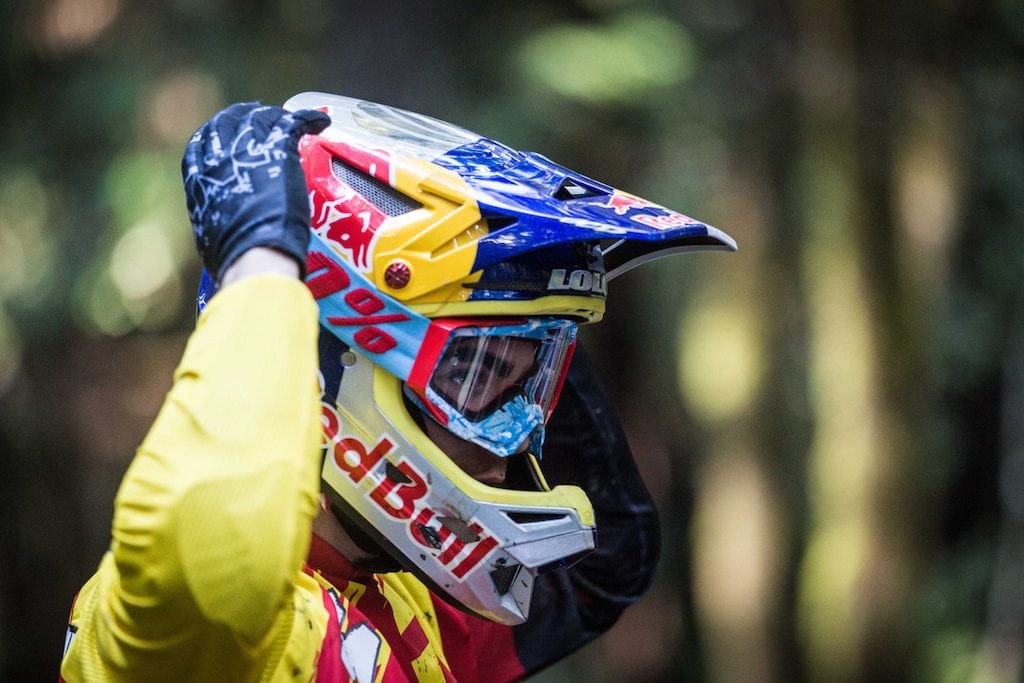
BMX and downhill cycling is known for being extreme, fast, and furious. They’re very similar to motorbikes helmet but lighter.
They usually provide full-face protection, including the chin area for the riders, as a fall can be unpredictable.
6. Kids Helmets

These helmets are similar to commuter helmet, but they come in smaller sizes to fit securely onto a kid’s head. Depending on the kid’s age, you might want to consider a toddler’s helmet (aged 1 to 4) or a kid’s helmet (aged 5 to 8).
They come in all sorts of colors, designs, and favorite cartoon characters to appeal to the kids.
Safety Standards for Bike Helmets
The work that goes into making a bike helmet safe for use on the road is unknown to the most cyclists.
It’s a lot of work involved.
It all begins with bike helmet safety standards that are mandated on a country by country basis. Some countries have no standards while others, like Australia, the United States, and the European Union have rigorous standards.
Helmet manufacturers who distribute their helmets in several countries must comply with different types of safety standards. Helmet safety standards tell manufacturers the exact amount of stress and impact a helmet must be able to undergo.
The beneficial effect of this for cyclists worldwide is that to comply on a global level, helmet manufacturers must use extremely rigorous standards as a starting point.
Key measurements in the test deal with the amount of impact a helmet is able to absorb, how well it disperses impact, and how well it stays attached to your head under duress.
United States and European Union Helmet Standards
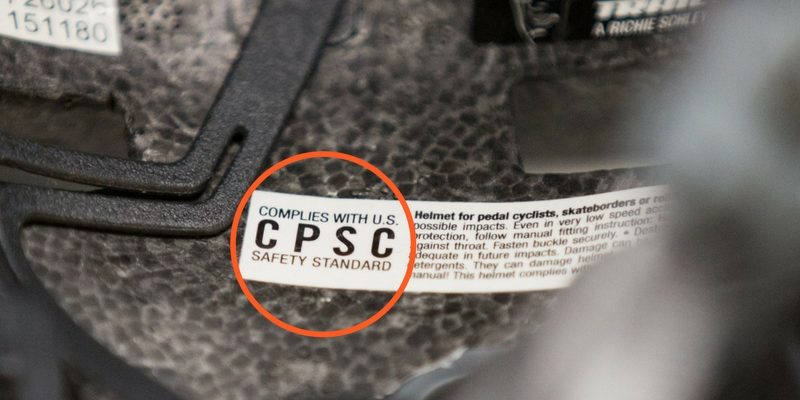
The United States and European Union operate under very similar standards with the CPSC and CE respectively.
For both of these standards, helmets are lab-tested with anvils dropped from up to 2 meters high.
Different areas of the helmet are then stress tested and head coverage is considered.
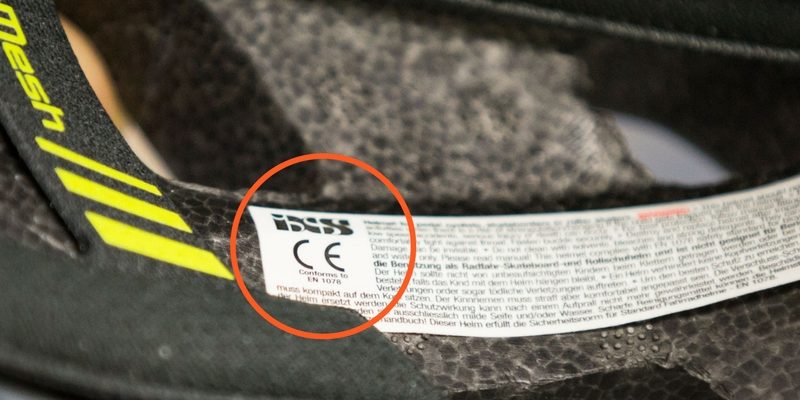
When you buy a helmet from an online merchant, the odds are youʼre buying a CPSC/CE standard helmet.
The CSPC and CE standards have become the closest thing bike helmet manufacturers have to an international standard.
Australian Helmet Standards
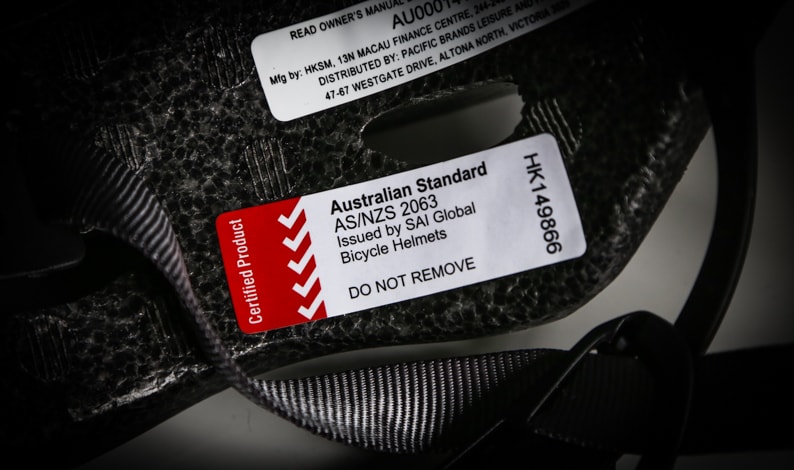
Perhaps no other country has a standard quite as tough as Australiaʼs AS/NZS 2063:2008 standard.
In fact, the Australian helmet standard is so strict that manufacturers must produce an Australian-only version that is heavier.
Road cyclists in Australia looking to buy a helmet from an online retailer will need to make sure that their version is AS/NZS 1698:2006 compliant. Otherwise, in the eyes of Australian law, you might as well ride without a helmet at all.
I’m not joking.
MIPS (Multi-directional Impact Protection System)
Perhaps youʼve seen helmets begin to pop up on the market with a yellow MIPS tag.
Normally, youʼll see one helmet, for instance, the Giro Synthe, and priced slightly higher will be a Giro Synthe MIPS.
MIPS vs non-MIPS
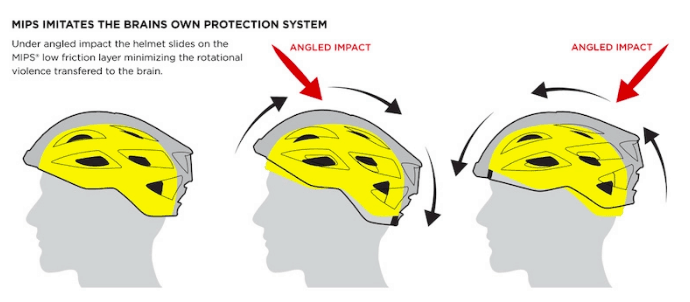
The difference is that MIPS, short for Multi-directional Impact Protection System, is designed to protect your head from rotational force impacts.
Initially developed at the Royal Institute of Technology in Sweden, MIPS helmets are made of two layers that slip against each other during an impact.
By rotating slightly, the layers which make up MIPS helmets reduce the forces which normally contribute to concussion and other forms of brain injury.
The types of impacts that MIPS protects you against are not common, but they do happen. And, in the off-chance that you do have one of these uncommon impacts, youʼll be happy to have a MIPS-equipped helmet on your head.
Read More : Do You Really Need A Bike Helmet with MIPS?
Fit and Comfort
Always try on a helmet before buying to ensure that it’s actually comfortable for your head shape. Check on the manufacturer’s sizing guide before your purchase.
What works for one may not work for another since our heads come in all shapes and sizes.
Geek Tip : Comfort equals efficiency, and efficiency equals speed.
Helmet Retention System and Padding
A big consideration in the comfort department is the helmetʼs retention and padding system. Some helmets use Coolmax padding, whereas others use proprietary pads.
The difference could be huge for you as some may feel that Coolmax is scratchy, whereas others find it silky.
Retention systems are the same.
Depending on how and where a particular retention system cradles your head, you may feel it’s more or less secure.
Try Before You Buy

When trying on a helmet, adjust and tighten the retention system as you would while on the bike.
Now, without overexerting yourself, move your head around with a bit of force to see how the helmet sticks to your head.
If it bobs around or thereʼs play regardless of how well strapped on it is, it likely isnʼt right for your particular head shape.
Be very selective about the fit and comfort of your helmet since you will, after all, be spending plenty of time wearing it.
Bike Helmet Sizing
To ensure a proper fit and ultimately your safety, it’s crucial that you get a helmet of the right size.
How do you measure your helmet size?
Use a measuring tape and wrap it around your head’s circumference. Locate the measuring tape just above your ears and in the middle of your forehead. You might want to get someone to help you to hold the measuring tape.
Once you’ve got your head’s circumference, it’s time to check the sizing guide.
Bike helmets usually come in 3 sizes – Small, Medium, and Large. Some brands have X-large, but that’s a rarity.
With these 3 bike helmet sizes, you’ll most likely find one that suits you if you’re an adult. As a general sizing guide, here are the measurements for each helmet size.
- Small : 20 – 21.75″ (51 – 55cm)
- Medium : 21.75″ – 23.25″ (55 – 59cm)
- Large : 23.25″ – 24.75″ (59 – 63cm)
Note that these are just a general guide. Always check the manufacturer’s sizing guide to get the correct measurements as each manufacturer will differ slightly.
Brands like MET has also implemented a 360° adjustability fit system in their Trenta 3K Carbon helmet, where you can adjust the fit both horizontally and vertically.
Ventilation and Breathability
Ventilation is a highly underrated category when seeking out a new helmet.
Donʼt is one of the many who takes ventilation lightly because, as you may find out on a Category 1 climb in the middle of summer, it isnʼt to be overlooked.
Previously, helmets seemed to pay little attention to how well helmets ventilated. Aerodynamics has typically been more important to athletes and manufacturers alike.
Designing a helmet that is both aero and well-ventilated is a tough ask. Add safety standards into the mix, and you have a seemingly impossible combination.
But, as technology and materials have progressed, and consumer habits have changed, so too has the amount of ventilation on most helmets.
Nowadays, it isnʼt uncommon to see helmets that appear to have more space than coverage. The POC Ventral Air comes to mind, as does the Lazer G1 MIPS.
Consider Where You Usually Ride
Take the riding you are likely to do into consideration before deciding on how much ventilation youʼll require.
If you live in a cold area with a short, mild summer, itʼd be best to go with an aerodynamic helmet without excessive ventilation. When the cold months come, youʼll regret the extra airflow.
If you live in a hotter climate or do lots of climbing, then be sure to choose a very well-ventilated helmet such as POC Ventral Air to keep yourself as cool as possible.
The difference between a few additional vents and not having them can be different as night and day when the mercury rises.
Helmet Weight
Weight plays a huge role in road bike helmet selection. The lighter a helmet is, the more comfortable it will be over long periods of time. A good example of a lightweight helmet is the Kask Valegro.
Even if you canʼt perceive the helmet’s weight on your head, wearing a heavy one can have consequences for your neck and shoulders as you unknowingly tense the muscles in those areas to prop up the weight.
For this reason, finding a helmet with a good weight-to-coverage ratio is essential.
Weight Trade Off
As helmets go these days, they are much lighter than ever before. You will, however, trade-off certain safety features if you try to go as light as possible.
As discussed in the previous section, MIPS helmets add a weight penalty to helmets but contribute greatly to your overall safety.
The same can be said for the retention systems used to keep the helmet firmly in place on your head.
Kask is well known for their elaborate retention systems that do a fantastic job of cradling the head inside the helmet without allowing the helmet to rock or have an unnecessary play.
This is also why Kask helmets like the Mojito X and Protone tend to be heavier than other helmets made by companies like POC and Abus, who integrate much lighter weight retention systems in their helmets.
The way you decide is ultimately up to your preferences regarding the degree of safety and coverage youʼre after. As a rule, going for the most comprehensive safety features should take precedence over low weight.
Aerodynamics
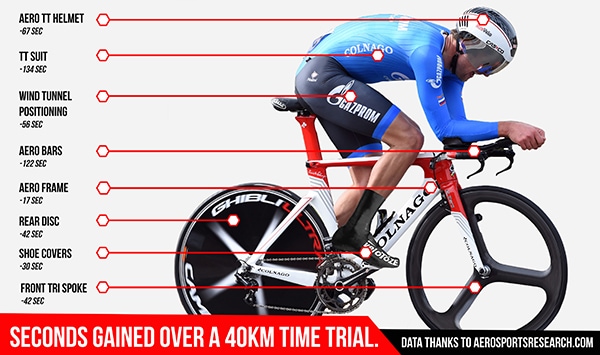
These days, it’s almost impossible to find a helmet that doesnʼt have at least some aerodynamic characteristics built-in.
The aero helmet craze that has swept road cycling the last several year’s doesnʼt shows any sign of letting up, with nearly all of the best selling helmets being the same worn by sprinters and even time trialists in pro races.
So, the question isnʼt whether or not you want an aerodynamic helmet.
The question is : How aerodynamic do you want your helmet to be?
Very aerodynamic helmets such as the S-Works Evade place a premium on cutting through the air with the least amount of drag and very little else.
Flat Roads vs Hills
The more aerodynamic a helmet is, the less ventilation it will have. If you tend to do lots of climbing, riding in the hills, and arenʼt so concerned with saving every possible watt on flat roads, then an aerodynamic helmet isnʼt for you.
However, if you compete in time trials, love dropping your friends on flat group rides, or find yourself coming against lots of headwinds and looking to save energy. An aerodynamic helmet such as the Lazer Bullet 2.0 or S-Works Evade will be right up your alley.
When Should You Replace Your Bike Helmet?
Replacing a bike helmet is something that not many of us consider but is critical to maintaining your safety when riding.
After a Crash
If you crashed in your helmet or otherwise impacted it, you must replace it.
Even if there are no visible marks, dents, cracks, or signs that it has been damaged in any way, the integrity of the helmet may be compromised.
Donʼt gamble here. Just replace the helmet.
Bontrager’s helmets such as the Starvos MIPS come with a free crash replacement guarantee for the first year.
Aging Helmet
If your current helmet is old (over 3 to 4 years), upgrades to technology have become available in the intervening years that put your helmet in the obsolete category.
As time goes on, technology becomes increasingly better, and keeping your helmet up to date can save your brain.
Check the stickers on the inside of your helmet to see which standards they comply with. Search the standards online to make sure they are current. If not, consider replacing your helmet right away.
Some companies such as MET tell their customers that, if taken care of properly and not crashed, helmets should last up to 8 years before needing to be replaced.
Author Recommended Reads

